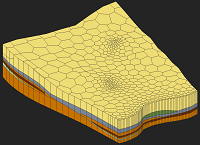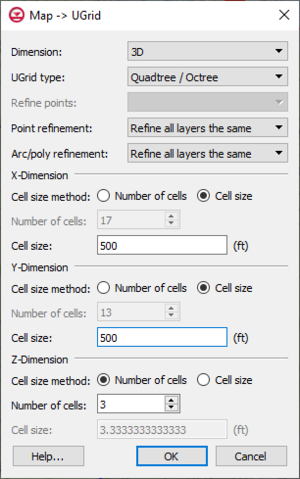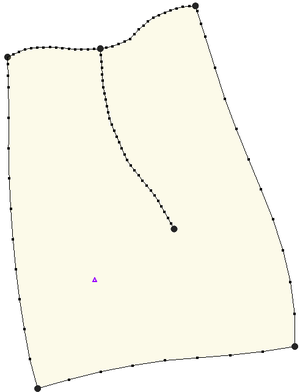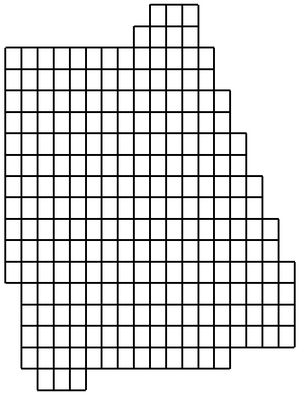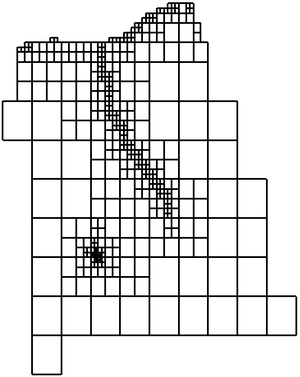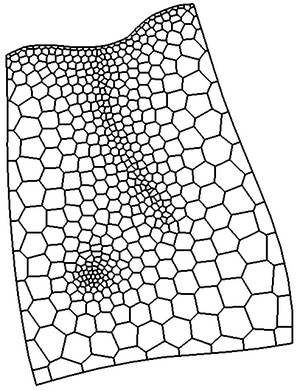GMS:Creating and Editing UGrids: Difference between revisions
From XMS Wiki
Jump to navigationJump to search
No edit summary |
No edit summary |
||
| Line 1: | Line 1: | ||
{{Version GMS 10.0}} | {{Version GMS 10.0}} | ||
{{UGrid links}} | {{UGrid links}} | ||
There are a number of ways to create UGrids. | There are a number of ways to create UGrids. Currently UGrids cannot be edited after they are created. | ||
==Importing== | ==Importing== | ||
| Line 21: | Line 21: | ||
** If not using the Voronoi UGrid type, the size and number of cells in the X, Y and Z dimensions can be specified. For quad tree UGrids, the cell size represents the large, unrefined size because the small, refined size is determined by the refine points and arcs. | ** If not using the Voronoi UGrid type, the size and number of cells in the X, Y and Z dimensions can be specified. For quad tree UGrids, the cell size represents the large, unrefined size because the small, refined size is determined by the refine points and arcs. | ||
If a [[GMS:Grid_Frame|grid frame]] exists, it is used to determine the location of the grid. | If a [[GMS:Grid_Frame|grid frame]] exists, it is used to determine the location of the grid. If polygons exist and the '''Regular''' or '''Quad tree''' options are used, any cells that are not inside a polygon are removed. | ||
{| class="wikitable" | |||
|+ Various UGrids created from the same coverage. | |||
|- | |||
| [[Image:MapToUGridMap.png|thumb|none|Regular UGrid]] | |||
| [[Image:MapToUGridRegular.png|thumb|none|Regular UGrid]] | |||
|- | |||
| [[Image:MapToUGridQuad.png|thumb|right|Quad Tree UGrid]] | |||
| [[Image:MapToUGridVoronoi.png|thumb|right|Voronoi UGrid]] | |||
|} | |||
==Conversion From Other Data Types== | ==Conversion From Other Data Types== | ||
